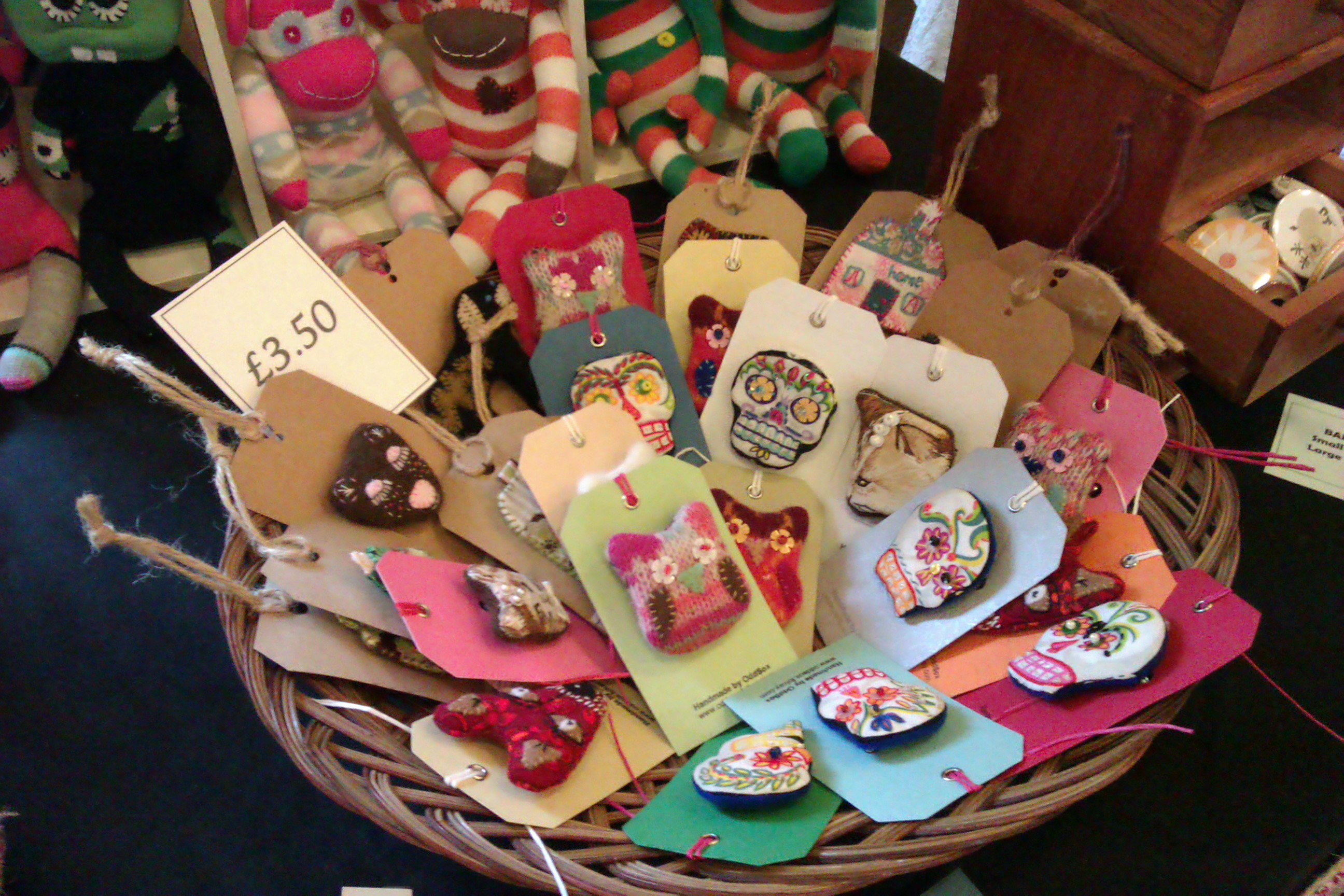An Novice's Manual to Handcrafted Do-It-Yourself Items
Recently, the charm of artisan and do-it-yourself products has captured the hearts of many. With a growing interest in one-of-a-kind and customized items, an increasing number of individuals are turning to craft and DIY projects to showcase their creativity and personal style. If you want to add a personal touch to your home or on the hunt for the perfect gift, artisan products offer a level of authenticity that factory-made goods simply cannot match.
Exploring the world of hand and DIY products is not just about creating; it is an exploration into personal expression and green living. By choosing to produce or acquire handcrafted items, you uplift local artisans and small businesses while also embracing the art of creating. This guide will take you through the basics of getting started in this rewarding hobby, from setting up your own DIY workspace to discovering local hand and DIY shops that can inspire your journey.
Summary of DIY Products
DIY items encompass a wide range of items that individuals can make, personalize, or revive using their hands and accessible materials. These products range from basic crafts to more intricate home improvement projects. The essence of DIY is about allowing creators to change everyday items into something unique and individualized. This phenomenon has gained significant popularity as people seek to showcase their creativity while also taking charge of their environments.
The appeal of DIY products lies not only in their individuality but also in the gratification that comes from making something with one's own hands. Whether it's crafted home decor, tailored furniture, or homemade skincare products, the opportunity to customize each work adds a layer of connection to the final product. This individual touch results in a greater appreciation and value for the things we own, fostering a sense of accomplishment.
Moreover, the rise of online platforms and community DIY shops has made obtaining materials and inspiration easier than ever. These venues provide materials and guidance for both beginner and experienced makers, promoting a community of crafters who can collaborate on their experiences and successes. The DIY community thrives on cooperation, exchanging tips and tricks that improve the crafting experience and spark new projects.

Vital Instruments for Handcrafting
Having the correct equipment is essential for individuals venturing into handmade and DIY projects. A solid base includes basic manual tools such as cutting tools, a precision knife, and a ruler. These items are multi-functional and can aid in various projects, from slicing paper to exact measurements. Spending in a reliable cutting mat can also preserve your tables and lengthen the life of your cutting edges.
In also to fundamental tools, it's essential to think about dedicated equipment depending on your crafting interests. For case in point, if you're working with wood, a handsaw, abrasive paper, and wood adhesive are necessary. Crafters dedicated on sewing will reap rewards from top-notch fabric shears, sewing needles, and string. No regardless of your preference in crafting, having specific tools can make a significant improvement in the quality and simplicity of your crafting.
In conclusion, structuring is important when it comes to tools for crafting. A portable toolbox or organizer will aid maintain everything organized and quickly accessible. Think about adding storage methods like bins or drawers for tiny objects such as beads, fasteners, or glue. Proper arrangement will conserve you time and stress, thereby boosting your do-it-yourself experience.
The Best Places to Purchase for Supplies
Finding the right materials for your DIY projects can be an adventurous journey. Community hand shops are often treasure troves of materials that serve to various crafting requirements. Whether Hand and DIY shop are looking for textiles, paints, or tools, these shops provide a unique assortment that provides creative ideas right to your hands. Engaging with shop owners or fellow crafters can also provide useful advice and ideas to enhance your projects.
Web-based marketplaces have become more popular for DIY fans. Websites focused in unique items often feature a broad selection of materials and tools at your fingertips. You can conveniently contrast prices, read reviews, and explore creative tutorials. Additionally, many vendors are dedicated about their crafts and can offer insights into how to use their products efficiently, making the shopping experience more fulfilling.
Don’t forget about second-hand stores and flea markets for unique supplies. These places often have hidden gems like vintage fabrics, repurposed materials, or one-of-a-kind tools that can add character to your projects. Shopping in these venues not only supports sustainability but also allows you to find rare items that can inspire your next creation. Celebrate the process of sourcing materials as part of the pleasure of crafting.